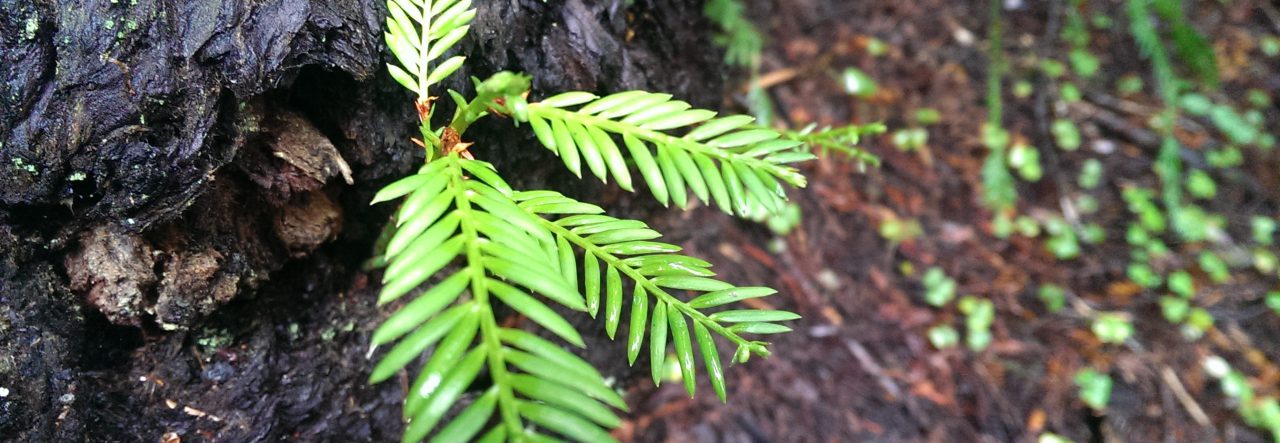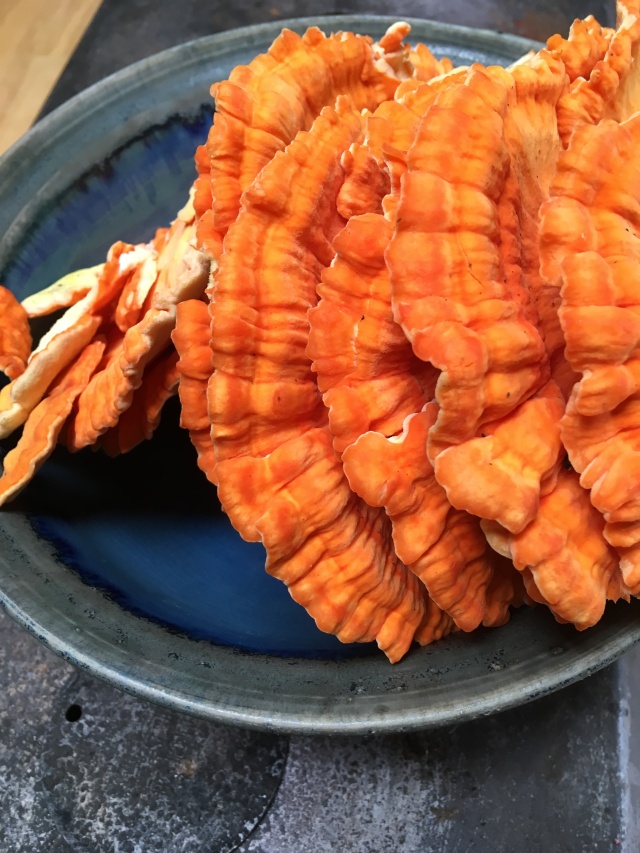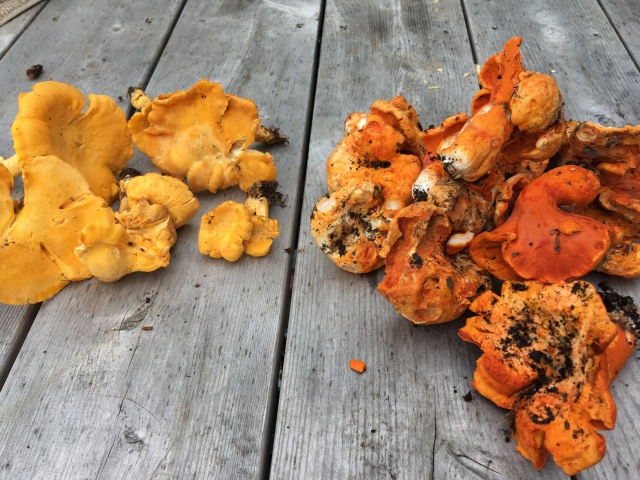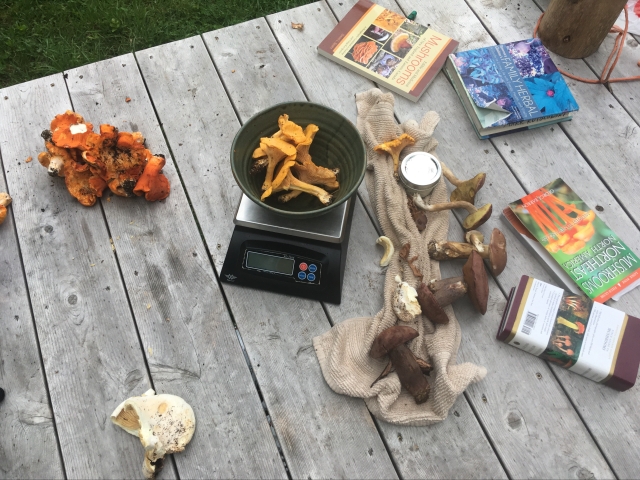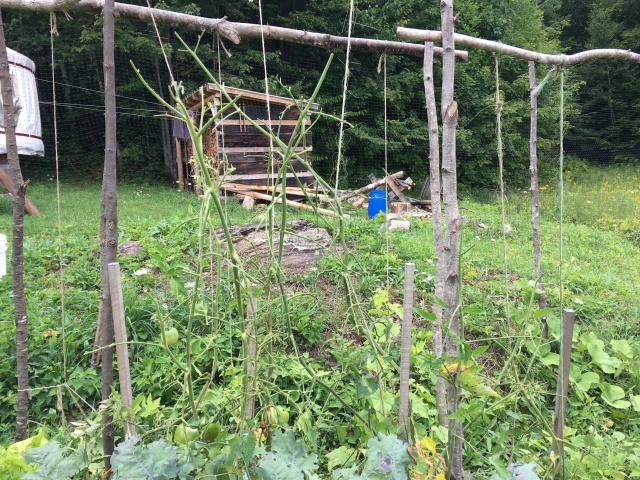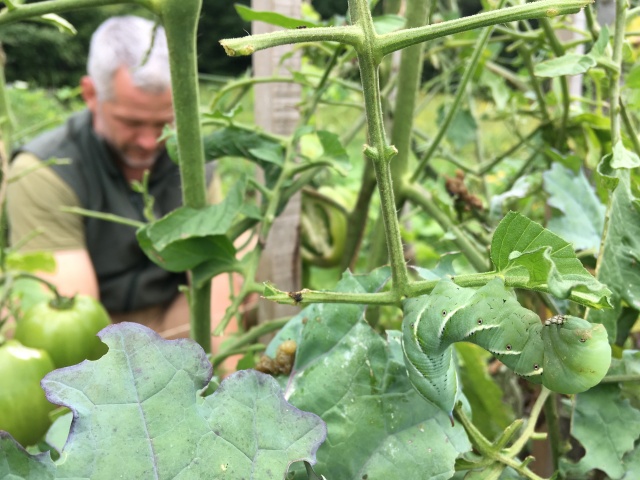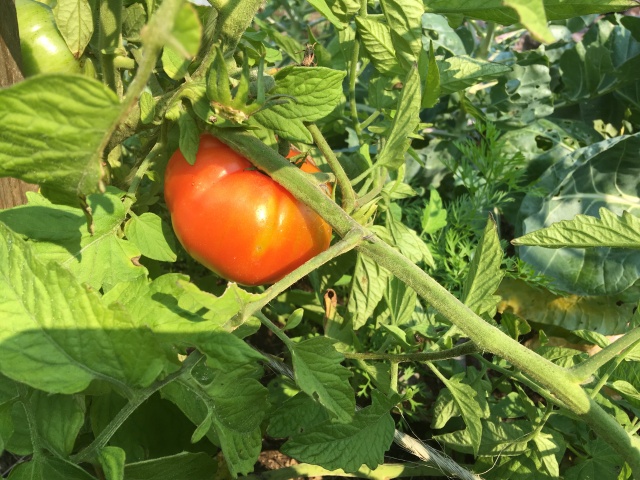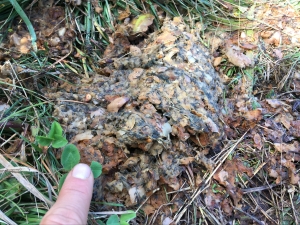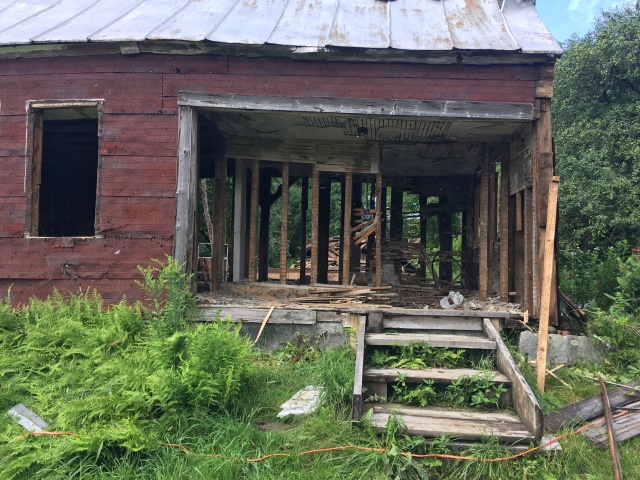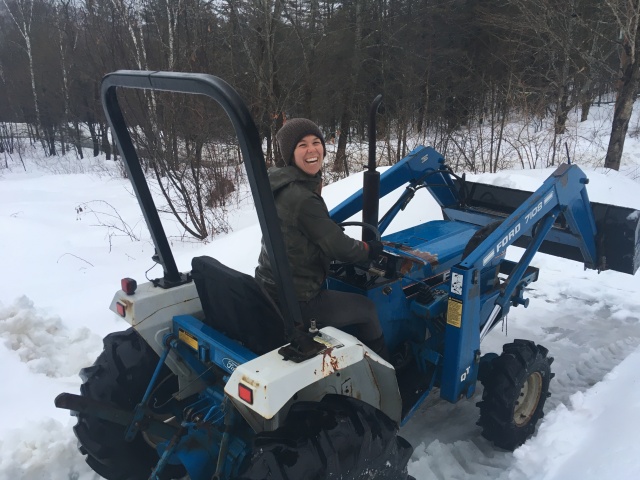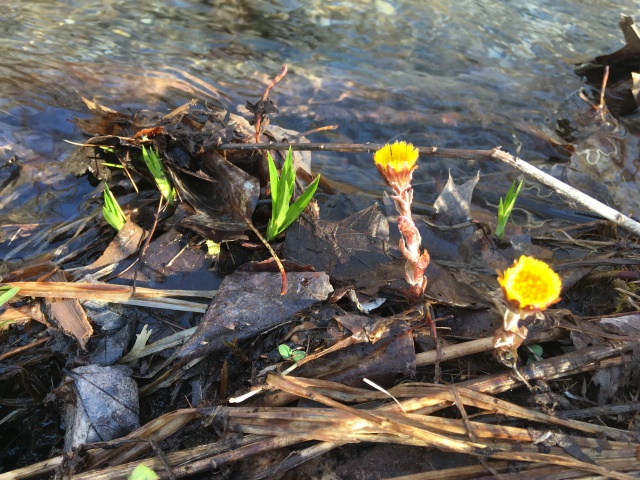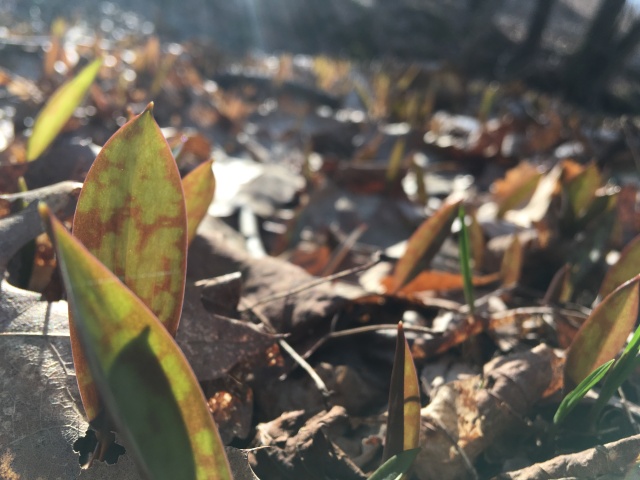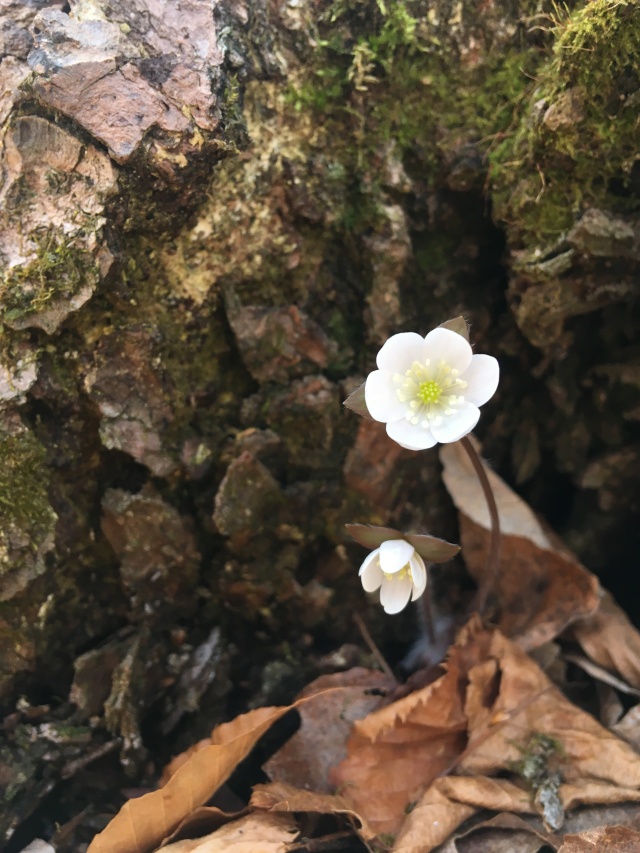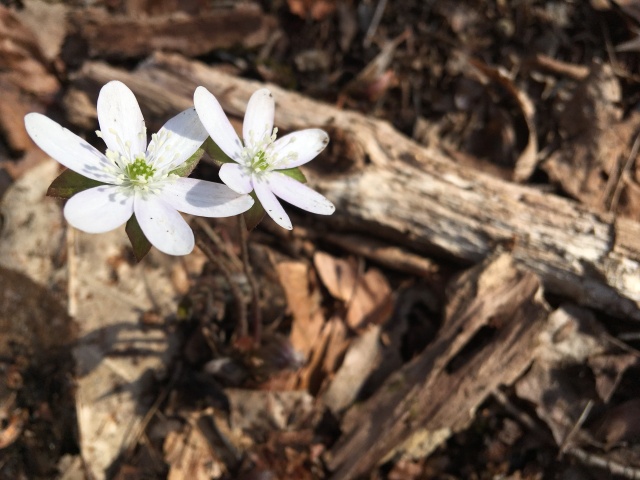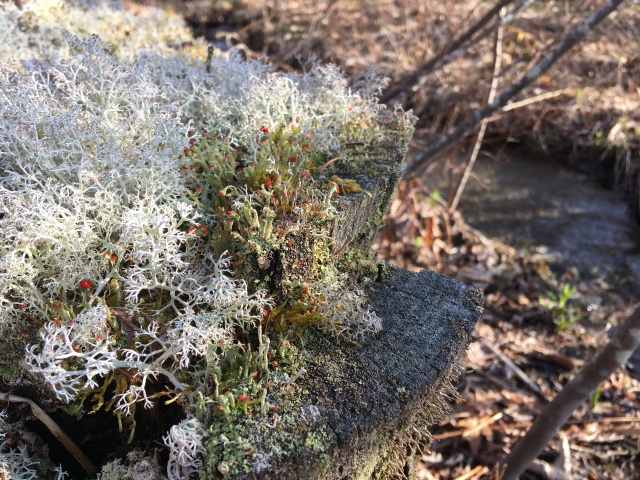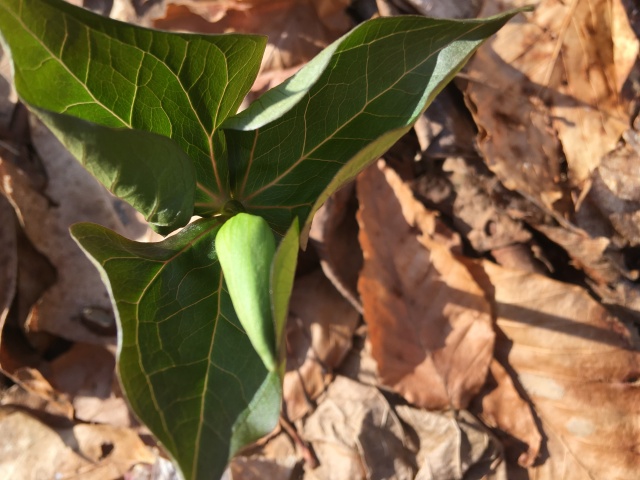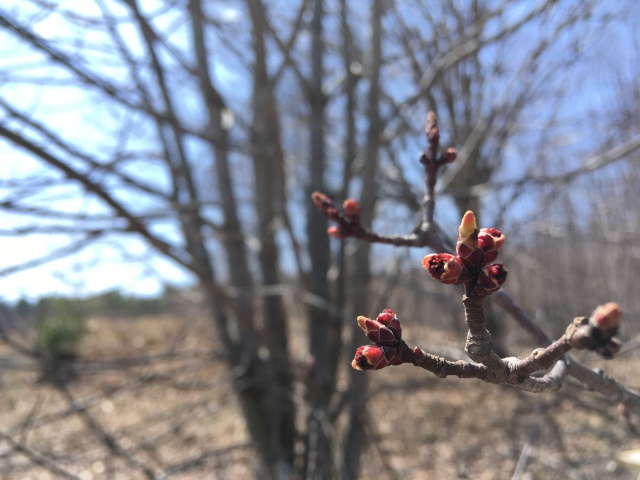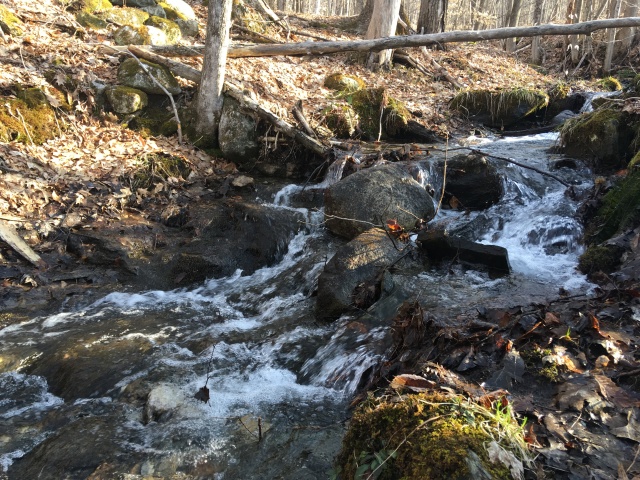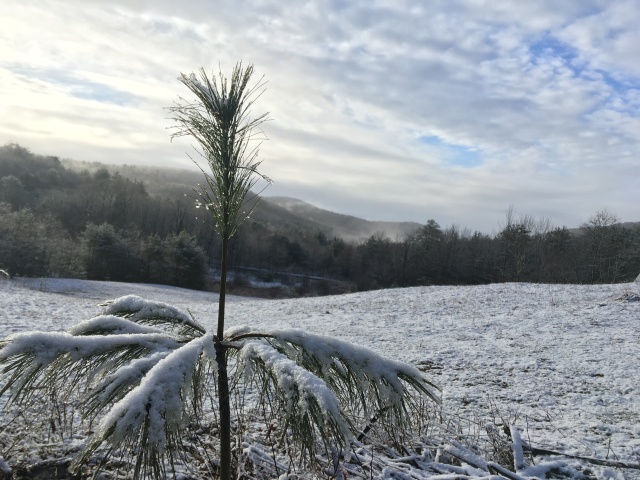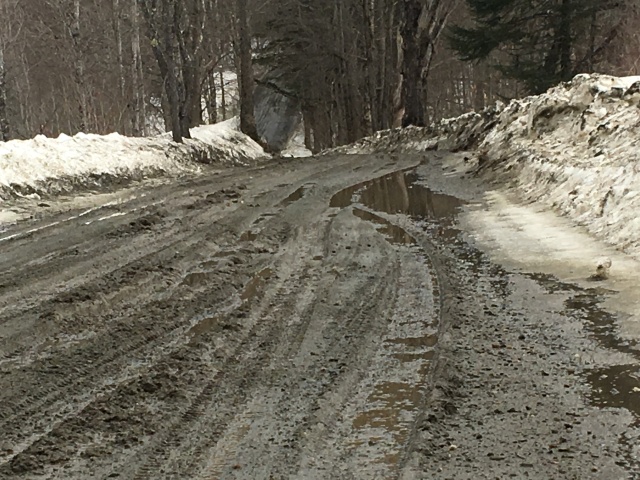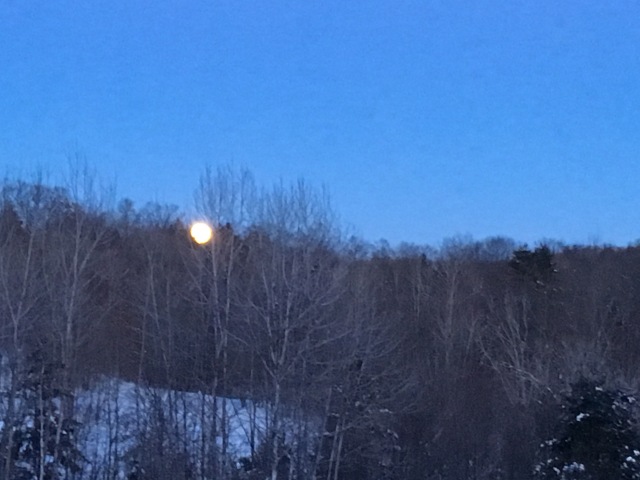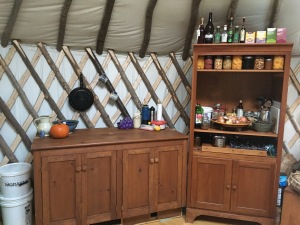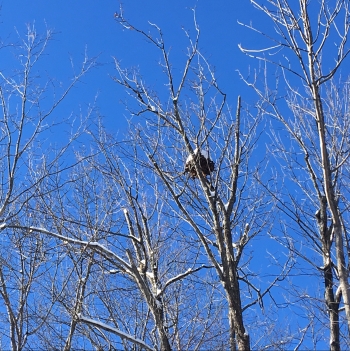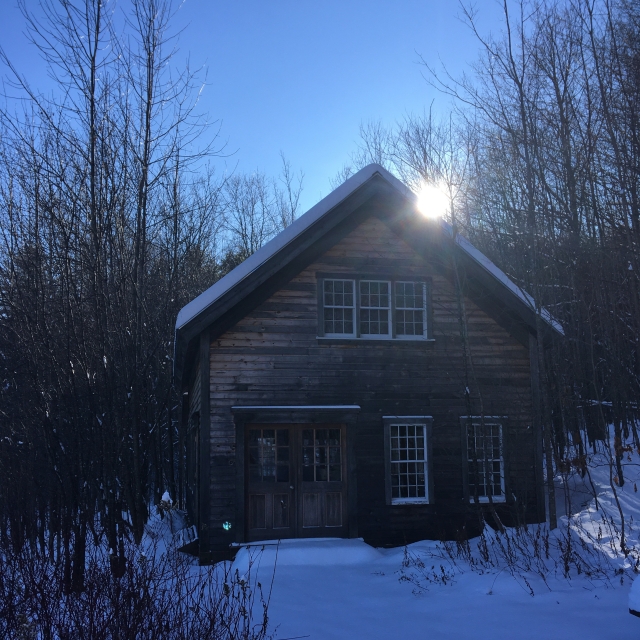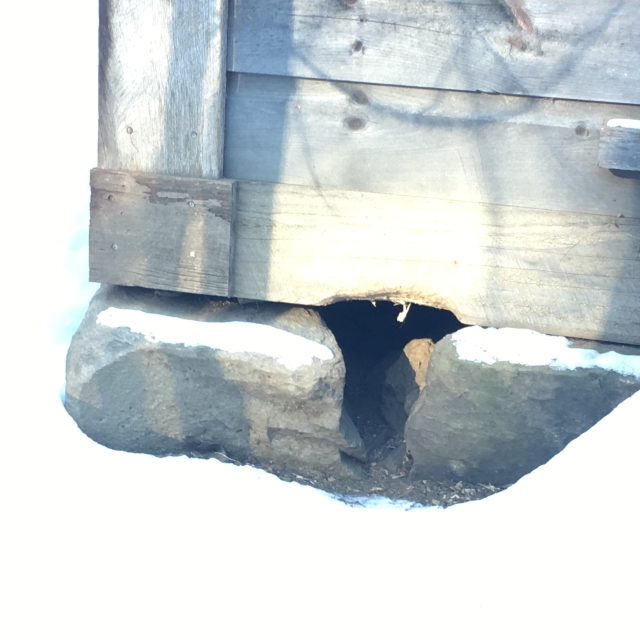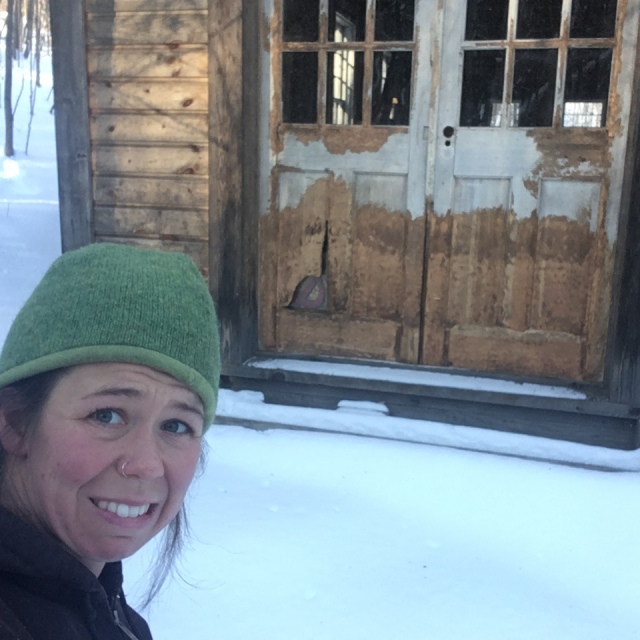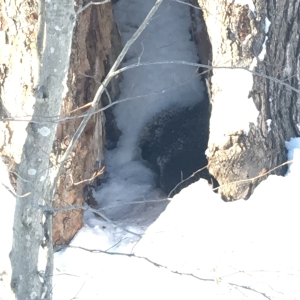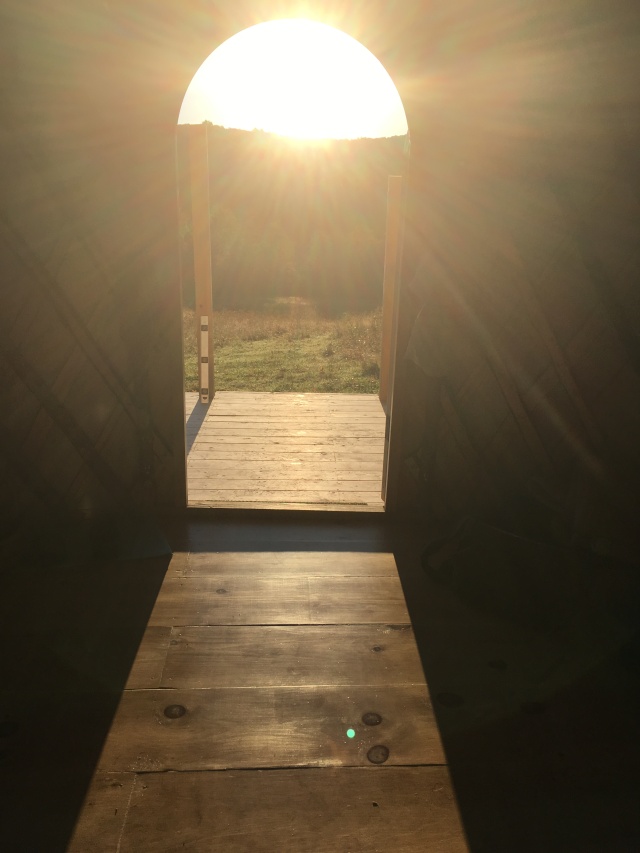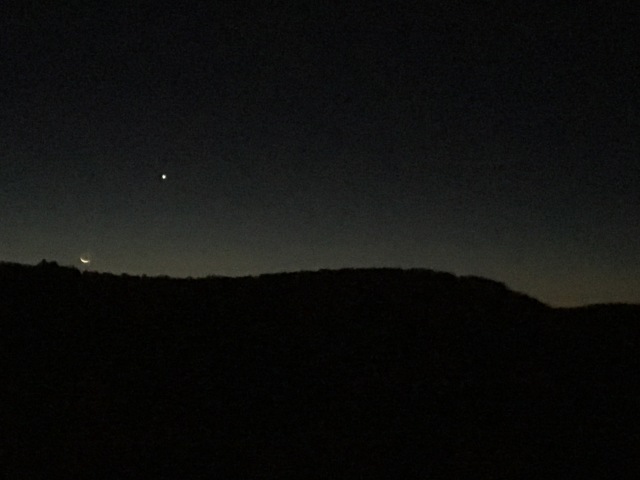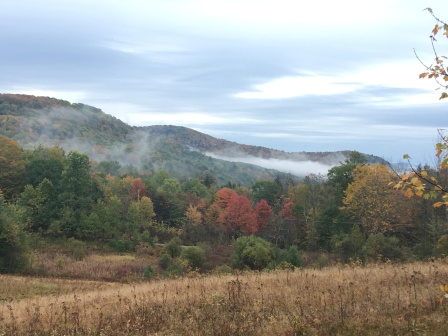The daffodil bulbs have been on my mind – patiently waiting out their dark, winter days until the warmth of the sun rouses them from their long sleep. They still have a number of weeks left of their earthen slumber as they are still tucked in under a two-foot blanket of snow.
Are they impatient? I wonder. Do they miss the sun? Are they worried that this year the conditions may not be right for them to immerge, soak up the warmth and light, make enough sugars to sustain them for another year of life? Are they concerned that they are “behind schedule?”
They may not be worried about these things, but I certainly am. My mind keeps turning to the daffodil bulbs because I long to be like them. I long to be content with what is—the gifts of the present moment, the present season of the earth’s cycles and the season of my life. To flower when it’s time to flower, and to let the rest be. To do what is mine to do, and let the rest be.
…
Until this year, I have been quite patient with the long drawn out springs here in northern New England. A friend from Pennsylvania recently asked me if spring has sprung yet at our homestead. I’m afraid not. Spring can’t spring until winter melts. And there is a lot of winter left to melt.
All this snow has really got me down because this year, more so than other years, we have things to do on the land. IMPORTANT things. BIG IMPORTANT THINGS that we can’t do until the snow is gone. This summer we have plans to build a house with an attached bakery. Before we can even begin on the project we need to finish demolishing the original farmhouse on our homestead, fill in the hole from the farmhouse basement, have a septic engineer test our soil for a septic system, set up a temporary electrical box, determine the well sight, and improve our driveways to handle heavy equipment. It’s all quite overwhelming on its own. We have the additional factor of waiting for the snow to melt and the subsequent mud to dry out. The longer the snow is here, the longer we have to wait.
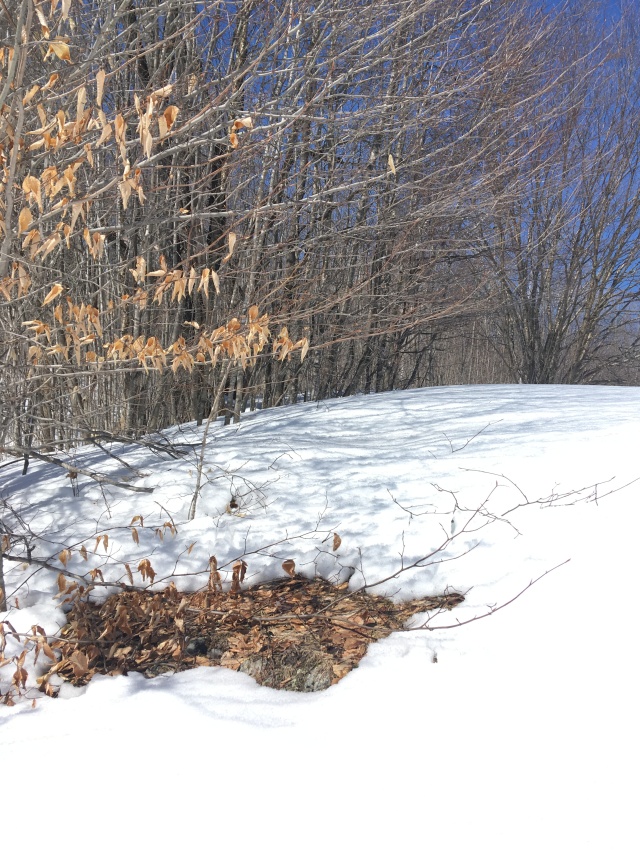
The snow does not share my sense of urgency, however. I moped around for a good two weeks, bent over my phone nearly every hour, checking the weather yet again to see if the forecast had turned in my favor. It seemed like every time I checked it, the weather forecast got a degree colder and the promised rain was steadily turning to snow. So, eventually I stopped. Yet I still glared out in frustration at the white landscape that was so beautiful to me a month ago. But a month ago, the snow wasn’t in my way. Now it is so very much in my way.
…
This resistance to life is exhausting and not super fun. It is humbling too, especially since so much of my work and life is about being present to reality exactly as it is. It turns out it’s a lot easier to embrace reality when it’s not negatively effecting your best laid plans. At some point, the futility of my fretting finally sank in. I could recognize that if our project took two years to finish or even more so, was never finished at all, everything would be just fine. My perspective gradually expanded until the subject of my worrying became appropriately small in the shadow of God’s love, the gift of life, and the abundance of marriage, community, a warm home, and good food.
I always wonder what the catalyst is for a change in attitude. What moves me from that narrow, inward facing perspective to one that is more expansive, present, and free? What finally leads me into these mini-conversions? A regular practice of Centering Prayer – a silent prayer of receptivity to God’s presence—and a loving husband who sees me better than I am able to see myself in such moments are two daily gifts that gently invite me out of a grumpy reverie. This go-round, the season of Lent and the reminder that “I am dust and to dust I shall return” has been the perfect antidote to delusions of overindulgent self-importance.
And, of course, the daffodil bulbs. As I meditate on those hidden, patient bulbs, I am inspired to imitate their trust and their contentedness. In this season, they have become my spiritual teachers.
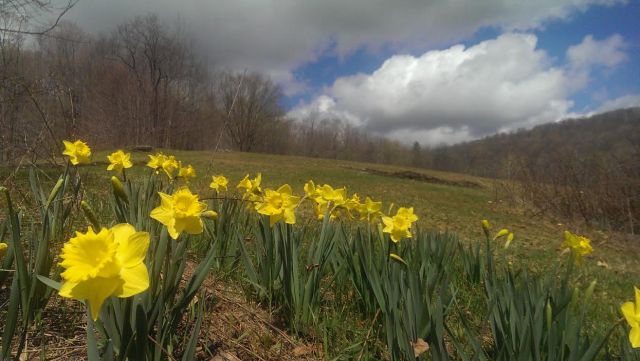
“Learn from the way the wild flowers grow. They do not work or spin. But I tell you that not even Solomon in all his splendor was clothed like one of them. If God so clothes the grass of the field, which grows today and is thrown into the oven tomorrow, will he not much more provide for you, O you of little faith?’” – Matthew 6:28-30
